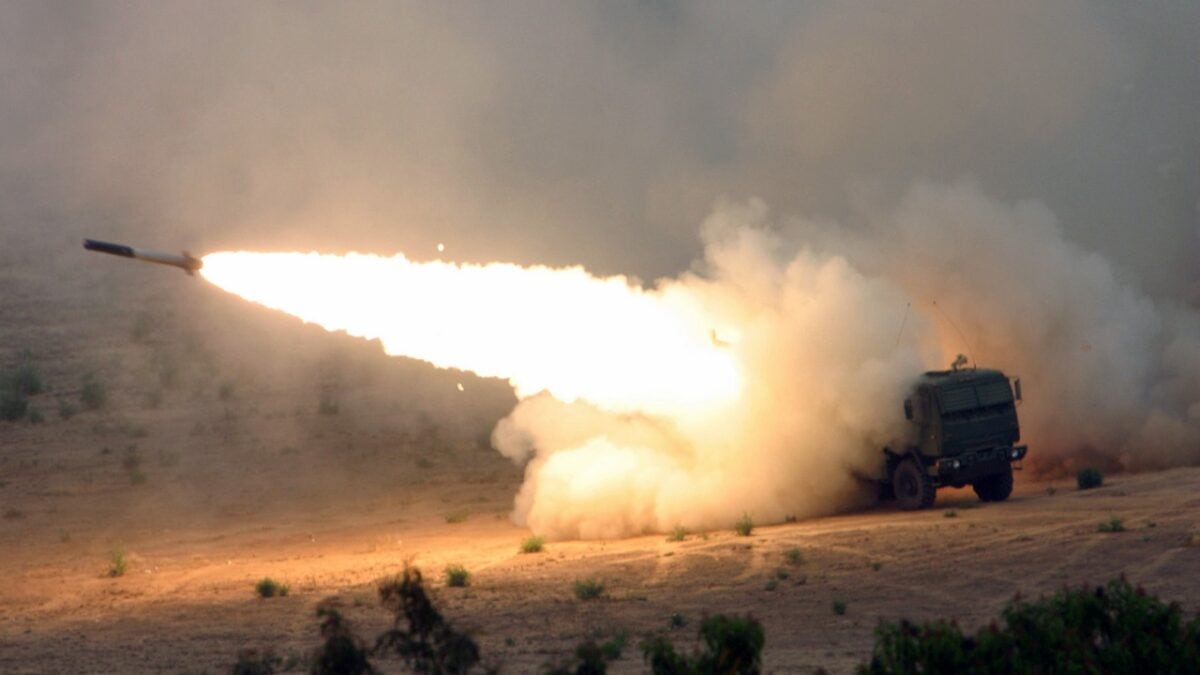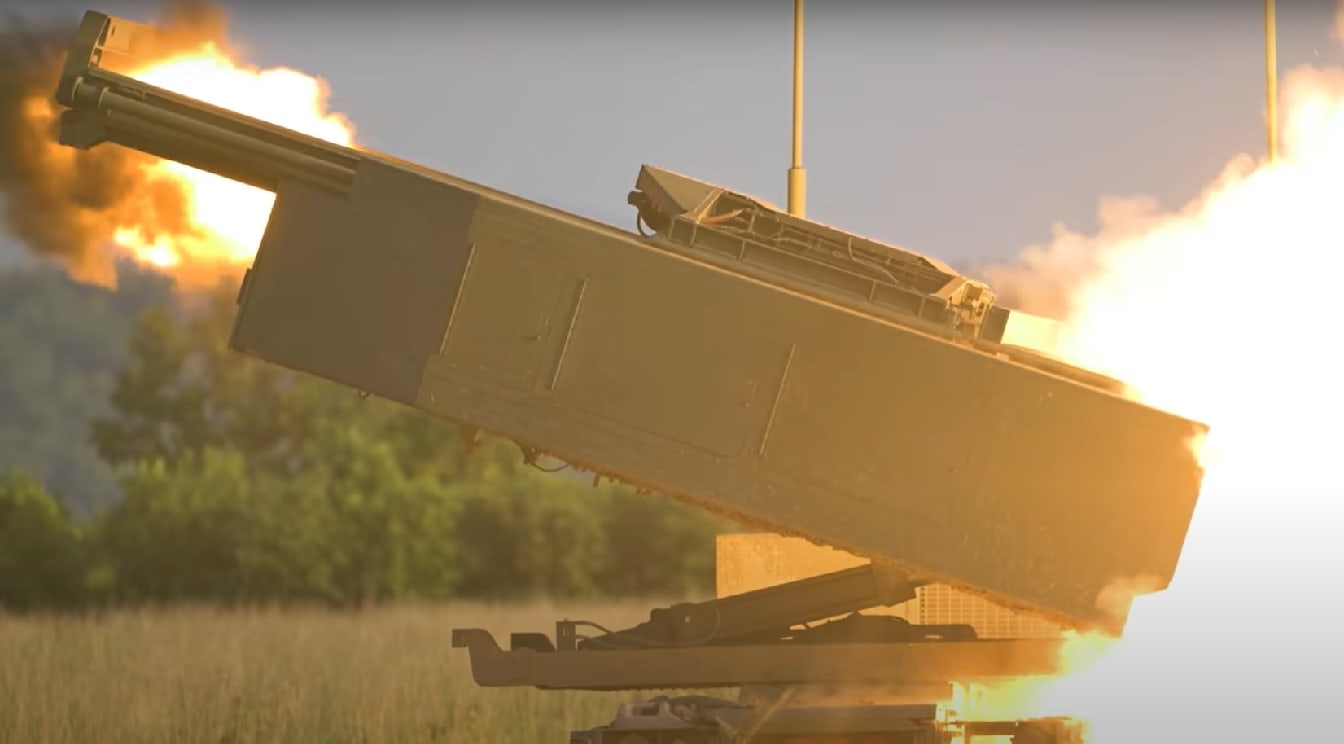At the end of July, the Ukrainian Defense Ministry released a stark warning for Russian forces in the Kherson region. The Ukrainian Armed Forces (UAF), the statement said, were preparing for a large-scale counteroffensive, saying the Russians in Kherson had a choice: “retreat or be annihilated.” Like many other claims by Ukraine in the south, however, this threat has yet to be acted on. A study of the geography and a comparison of the forces involved, however, exposes the reality that only a miracle could see Ukraine drive Russia from Kherson.
Actually, Kyiv would need closer to three miracles to pull an effective offensive there.
On March 2, just days into the war, Russia captured Kherson in southern Ukraine, making it the first major city to fall. Putin’s troops have held it ever since. Almost immediately, Ukraine declared their intention to retake the city. Over the past several months, various Ukrainian officials have claimed the UAF was either about to begin a counteroffensive to take back the city, or had already started it.
Here are just a few of the many headlines published in Western and Ukrainian media:
May 29, the New York Times claimed: “Ukraine Battle Expands as Kyiv Launches Counteroffensive;”
June 9, US News reported: “Ukraine Regains Some Territory in Counter-Offensive in Kherson Area;
June 29, Washington Post adds: “Near Kherson, Ukrainians regain territory in major counteroffensive;”
July 3, The Economist indicates: “Ukraine prepares a counter-offensive to retake Kherson province;”
July 28, Fox News headline: “Kherson cut off: Ukrainian counter-offensive gaining momentum in southern city;”
August 5, Ukrainian media claims: “Ukrainian army launches offensive in Kherson region (ukrinform.net)”
What becomes immediately clear in observing these headlines in the context of time is that beyond the written claims, the frontlines separating the two sides have wavered little more than a few miles in either direction. Meaning, in reality, to date the “offensive” has been little more than ink deep.
As I have previously detailed in these pages, there are fundamental military reasons why Ukraine is very unlikely to successfully launch a counteroffensive in the foreseeable future. Yet there is even more reason to question the feasibility of Ukraine attempting a counter-offensive in the Kherson region.
Many Western analysts have suggested that this summer marks a critical period for Ukraine’s war effort, and the claimed offensive in Kherson could be a make-or-break moment for Kyiv. If those are the stakes, then Zelensky should abandon the idea now, before an even greater disaster results. The reason: to conduct a successful military offensive, Ukraine would need to produce three successive military miracles. Spoiler alert: the chances of attaining even one miracle is unlikely in the extreme; there is zero rational chance for three.

U.S. Marine Corps Marines, Tango Battery, 5th Battalion, 11th Marine Regiment, 1st Marine Division, fire a Multiple Launch Rocket System Family of Munitions (MFOR) rocket from a High Mobility Artillery Rocket System (HIMARS) launcher at Camp Pendleton, Calif., on June 1, 2007. The HIMARS system consists of one launcher, two re-supply vehicles, two re-supply trailers and a basic load of nine pods (six rockets per pod) of MFOR rockets. (U.S. Marine Corps photo by Lance Cpl. Seth Maggard) (Released)
To demonstrate why there is so little chance for this offensive to succeed, we will conduct a mental exercise to illustrate the compounding levels of difficulty. For the purposes of all that follow, let us for the moment say that somehow Ukraine was able to overcome every obstacle I articulated in my previous work that would be necessary even to launch the operation (marshaling sufficient manpower, tanks, air power, ammunition and other supplies necessary to sustain combat operations). Launching the offensive will only be the first of several monumental task.
Miracle #1: Russia Doesn’t Make Adjustments to the Offensive
One of the errors many analysts make in assessing Ukraine’s chances of successfully retaking Kherson is the usually unstated assumption that the current dynamics will continue to exist throughout the operation. For example, Ukraine has had some successes of late in interdicting Russian ammunition depots and damaging bridges over the Dnipro river with HIMARS rocket launchers. The hope is that Ukraine can block Russia’s ability to resupply its forces on the western side of the Dnipro, isolating the defenders.
Further, there is the unstated assumption that the number of troops Russia has allocated for the Kherson mission will remain static, even if Ukraine starts to have success. That will almost certainly not be the case. Putin knows how big of a blow it would be to his war if his forces lost Kherson. Thus far, Putin has avoided the politically risky move of putting his country on a full mobilized footing, choosing to keep life as normal as possible for the majority of Russia’s population.
But if his choice becomes having to take a political risk with his population or to lose a major battle, it is a virtual certainty Putin will order a mobilization and bring in as many troops as is necessary to prevent the loss of Kherson.
It must be kept in mind that Russia has considerable resources it could bring to bear which Putin has yet to activate. Russia has millions more military-aged men, its war-making industry is still fully functional (though it is diminished owing to sanctions), many hundreds of thousands of active-duty troops, and thousands of armored vehicles of every type in storage (though many are old variants). If Ukraine were to start winning the war, Putin could activate vast quantities of material and manpower; Ukraine has virtually no such capacity.
Miracle #2: Geography Doesn’t Matter
If somehow Ukraine overcame all the obstacles necessary to launch an offensive and then made miracle #1 happen that Russia didn’t augment its defenders, they still have to overcome two major challenges with geography.
First, UAF troops are currently in prepared defensive positions in the environs of Mykolaiv, about 30 miles to the west of Kherson. They have the protection afforded by some urban terrain in that city, dugouts built into the earth, trenches, and the benefit of overhead cover in the forests nearby. For Ukrainian forces to attack Kherson, they will have to leave the advantages inherent in the defense and cross nearly 20 miles of open steppe.
Russian gunners and drone operators will be watching and able to engage armored vehicles and infantrymen in the open, with only limited protection. Russia still has considerable amount of artillery in the Kherson region, ability to launch rocket attacks, and still a major advantage in air power. Ukraine would run the risk of being cut to ribbons if they ventured into the open. The Russians, meanwhile, would retain all the advantages of the defense, where they have reportedly been building considerable defensive works within Kherson and the region from which they could endure much bombardment while launching artillery strikes with near impunity.
Second, is the Dnipro river. While much media attention has been given to the success Ukrainian gunners have had in damaging several key bridges necessary to keep the Russian defenders supplied, less has been done to point out that those same bridges would be necessary for the offensive to move one meter beyond Kherson. If Ukraine overcame every obstacle and successfully drove Russia out of Kherson, they would still need to cross the Dnipro to drive Russia out of the region.
If Putin’s troops were driven out of Kherson, they would certainly destroy the bridges on their way out (unless Ukraine dropped the bridges first). Russian artillery and rocket launchers further to the east of the Dnipro – along with other mobile armored forces in the area – would have little trouble preventing a forced crossing of the river by Ukrainian engineers. Without those bridges, Ukraine’s offensive won’t go much beyond the 15 miles they would need to attack to get to the river.
Miracle #3: Ukraine is Able to Successfully Drive Russian Troops from Urban Territory with Fewer Troops, Artillery, and Air Power than the Defenders
One of the enduring requirements of attacks since World War I has been the necessity of the attacking force having superiority in numbers of troops, numbers of armored vehicles, artillery, and air power. If Ukraine got the first two miracles – that Russia didn’t make any responses to a Ukrainian assault and that geographical constraints were mitigated – they would still have to find a way to do something that has likely never happened in a century of modern warfare: an attacking force defeating a defending force without advantages in troop strength, artillery, or air power.
The Germans learned the hard way you “can’t win a tank battle without air power” in their loss to the Soviet Army at the Battle of Kursk. Artillery has been near-decisive for the victors in World War 1, World War 2, the Korean War, Vietnam, and is having an outsized impact in the Russian-Ukrainian War of 2022. Historically speaking, it is nearly impossible for an attacking force to defeat a defending force if the attackers are inferior in field artillery. It would be a miracle if Ukraine were to defeat the Russians in Kherson without a clear superiority in airpower and field artillery.
The Harish Reality
Every important historic battlefield determinant indicates Ukraine would fail if it tried to launch an offensive against Russia in Kherson. It is true that in wartime there is no such thing as “never.” There is no “sure thing,” no slam-dunk certainties, and no guarantees. It is theoretically possible that Ukraine could overcome every obstacle and still defeat Russia. But it’s also true, that battlefield miracles are rare, and vastly outweighed by the occasions when predictable, quantifiable military metrics presage the outcome.
Realistically speaking, it is as close to impossible for Ukraine to successfully pull off an offensive in Kherson as can be imagined. As this analysis demonstrates, Ukraine wouldn’t just need one miracle to succeed, they would need three. Betting the integrity and security of a country on going 3-for-3 in the miracle department may not be the best course.
While it is entirely understandable that Ukraine would be loath to make any deals with Russia that would almost certainly result in ceding some percentage of its territory, that may ultimately be the least bad option to the potential of continuing to fight, bucking the odds in hopes of a complete victory later, and possibly lose everything. The people and political leadership in Kyiv alone can make that call, but evidence strongly suggests making the best deal possible, even with the hated Putin, might be the wiser strategy.
Now a 1945 Contributing Editor, Daniel L. Davis is a Senior Fellow for Defense Priorities and a former Lt. Col. in the U.S. Army who deployed into combat zones four times. He is the author of “The Eleventh Hour in 2020 America.” Follow him @DanielLDavis

